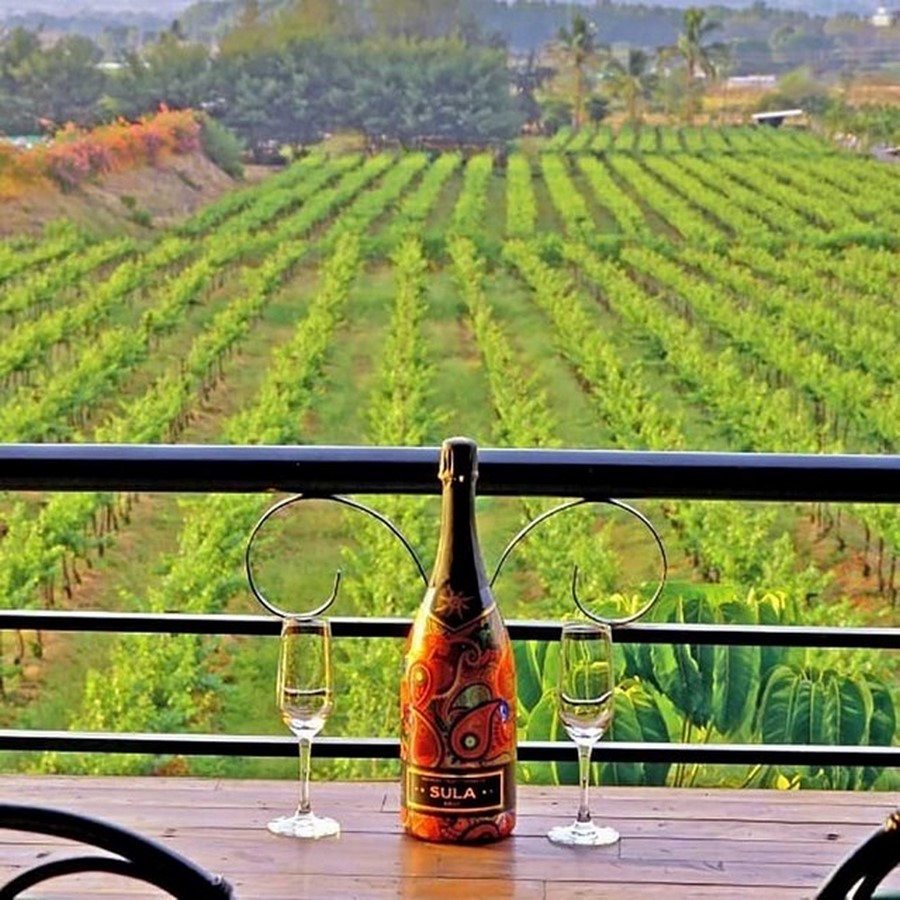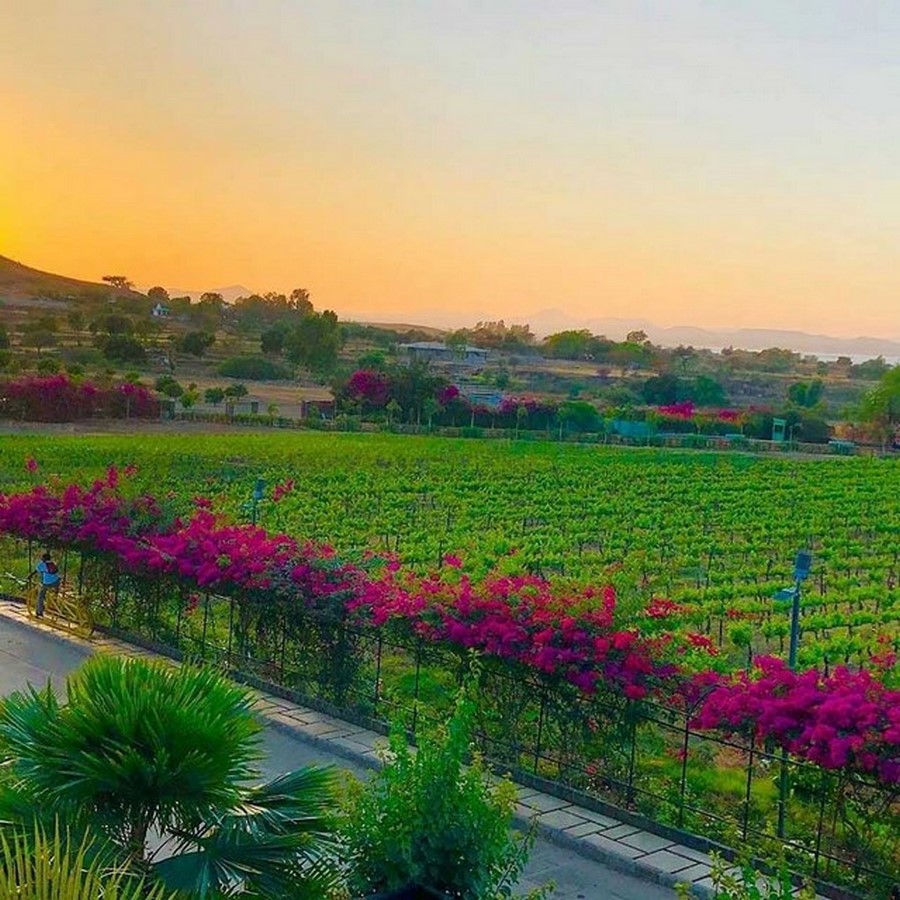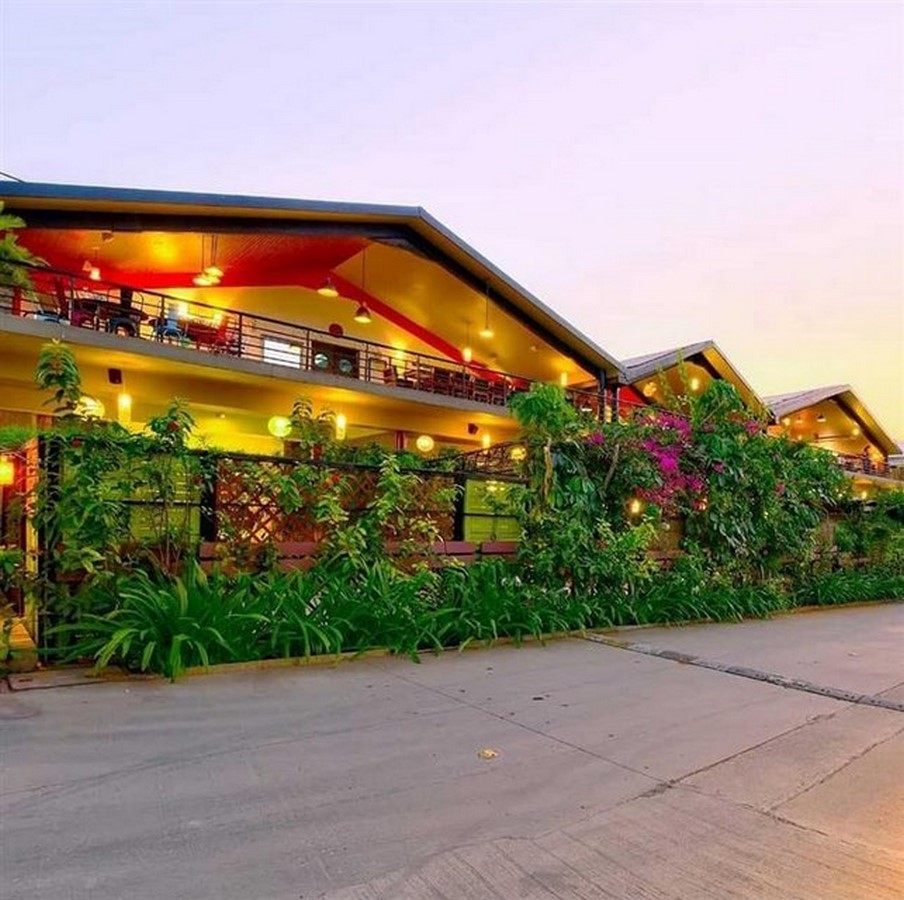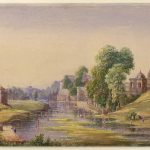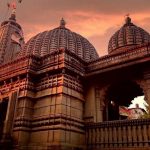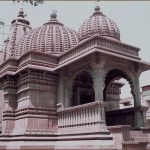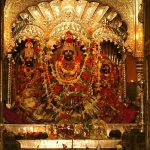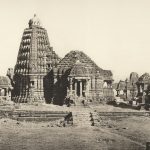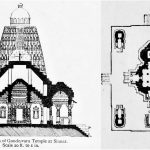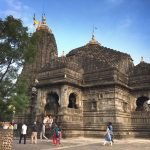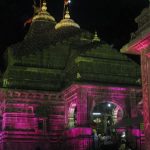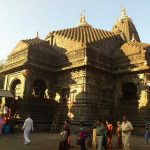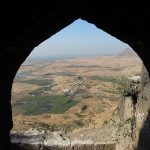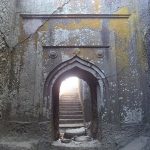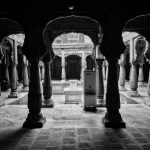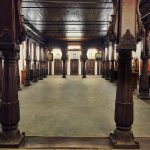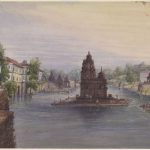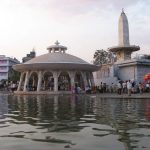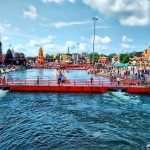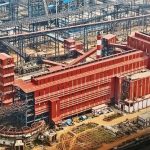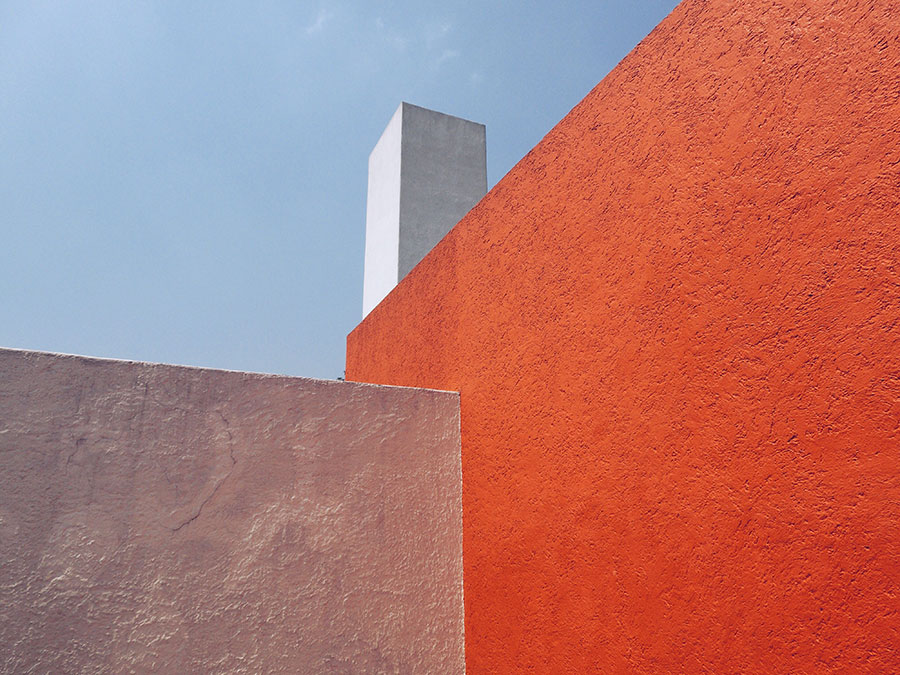Nashik is a vibrant city in northern Maharashtra. Tucked away between the 9 peaks of the Deccan Plateau, this city has a lot of historic, mythological, cultural, and social significance. The river Godavari flows through the city dividing it into two parts, mainly the left and the right bank. Each bank is associated with a different era of time and has its own cultural and architectural characteristics.
Historically, Nashik was never a capital, a rich business town, or even an agricultural hub. Yet it was because of the efforts of the several dynasties that reigned the city for centuries, that Nashik has gained its ethnic conglomeration of culture. With its first historic reference during the time of Ramayana, Nashik has come a long way to emerge as one of the fastest-growing cities across the globe.
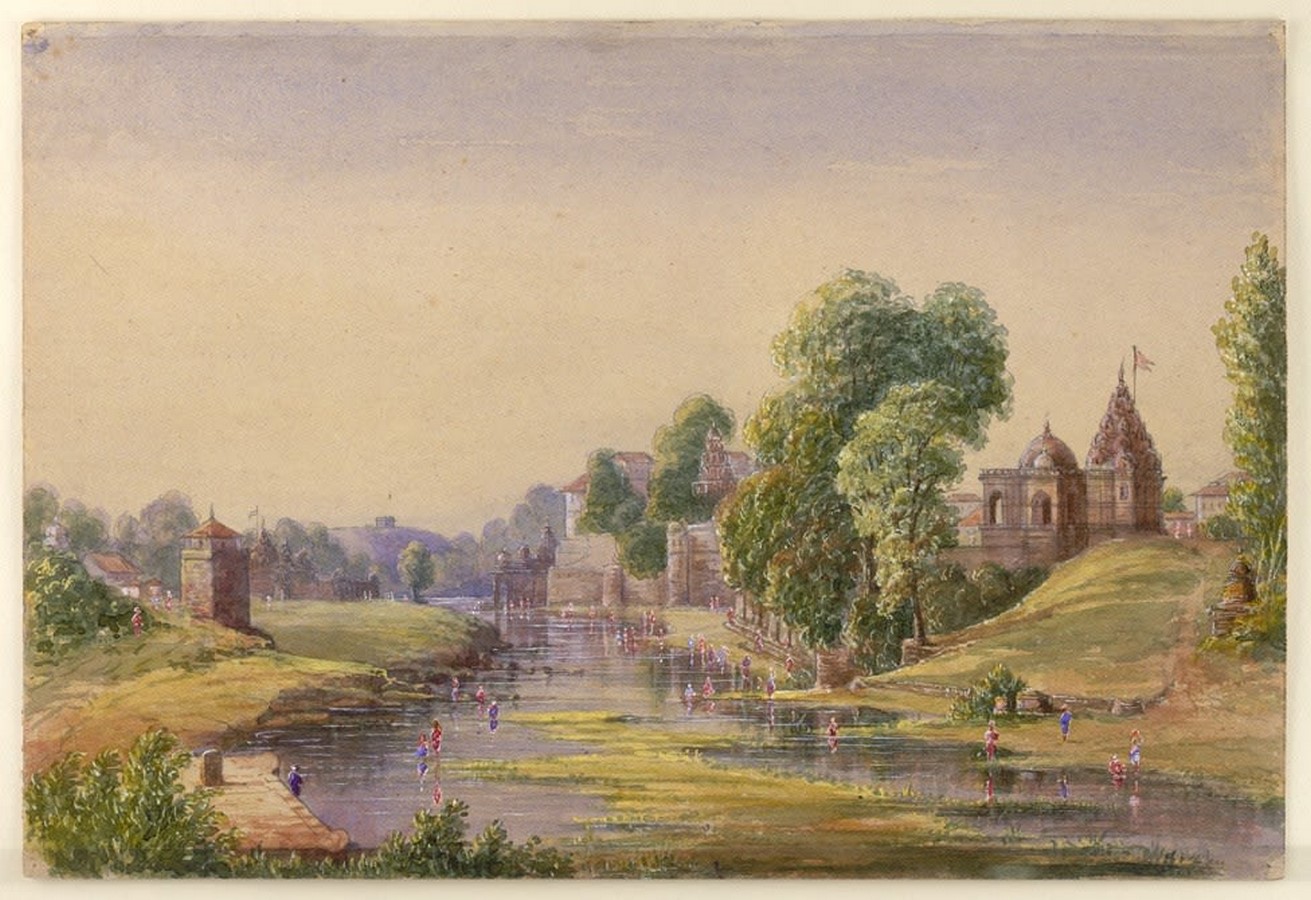
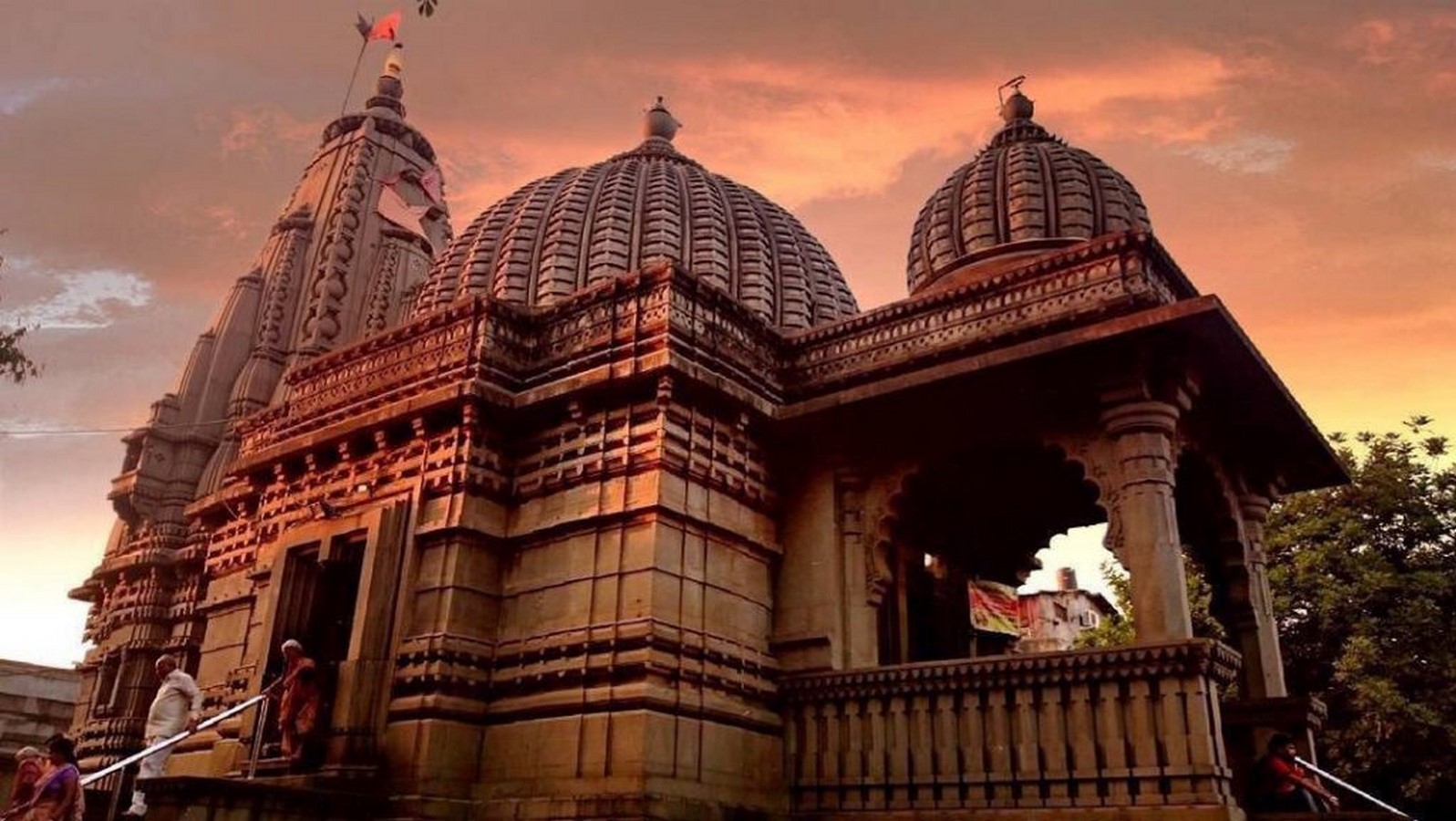
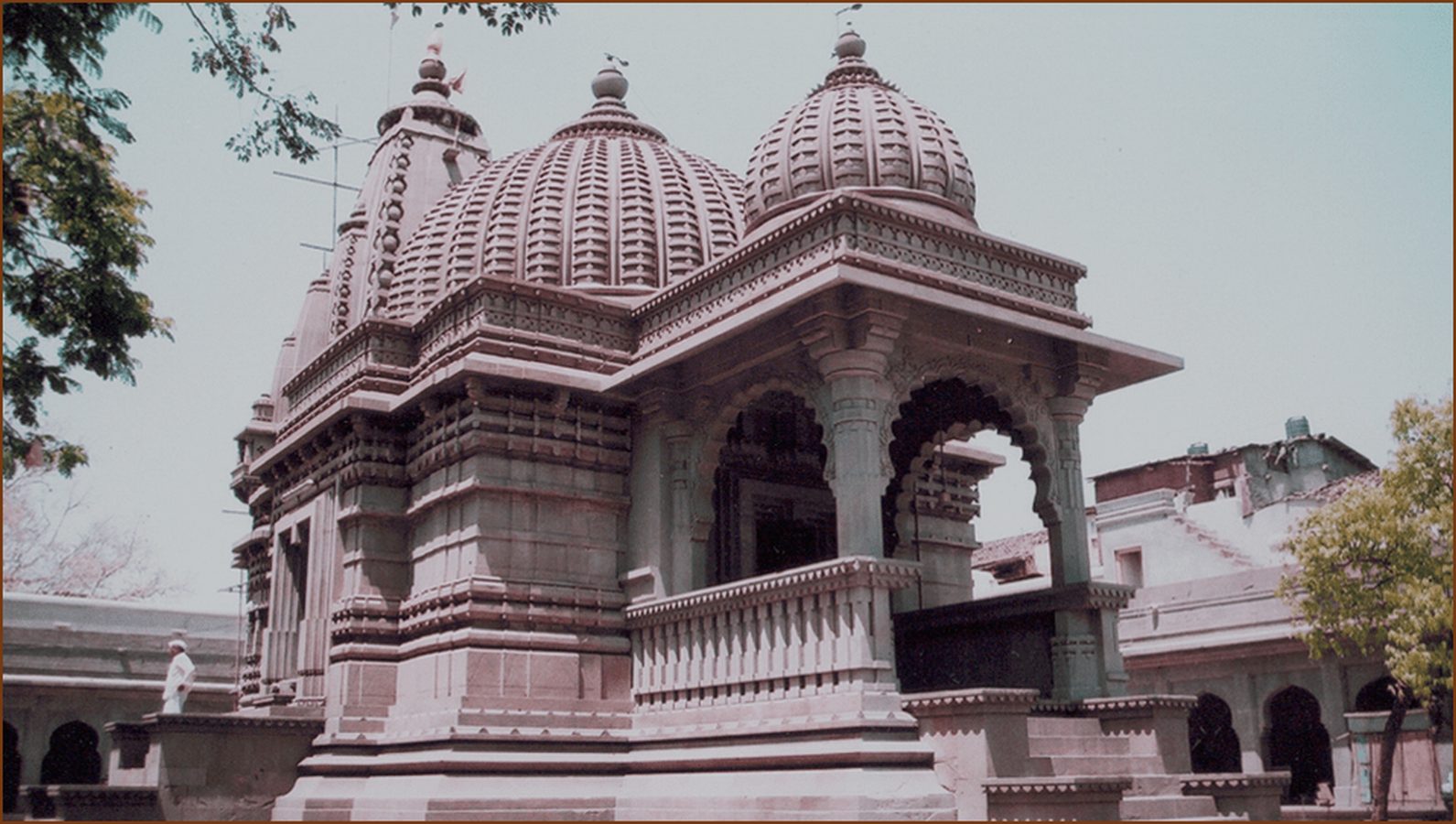
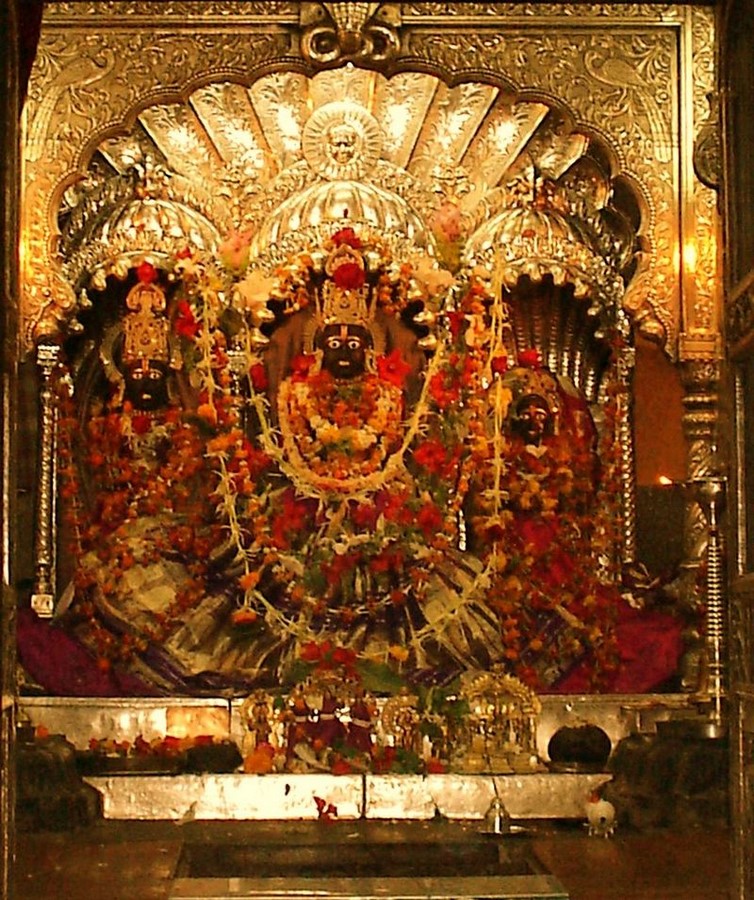
In Hindu mythology, Nashik has great religious importance because it is believed that during his exile, Lord Ram took shelter in a cave located at the left bank of the river Godavari. Due to this religious association, the entire left bank came to be known as Panchvati and became home to the Hindu Brahman community of Nashik.
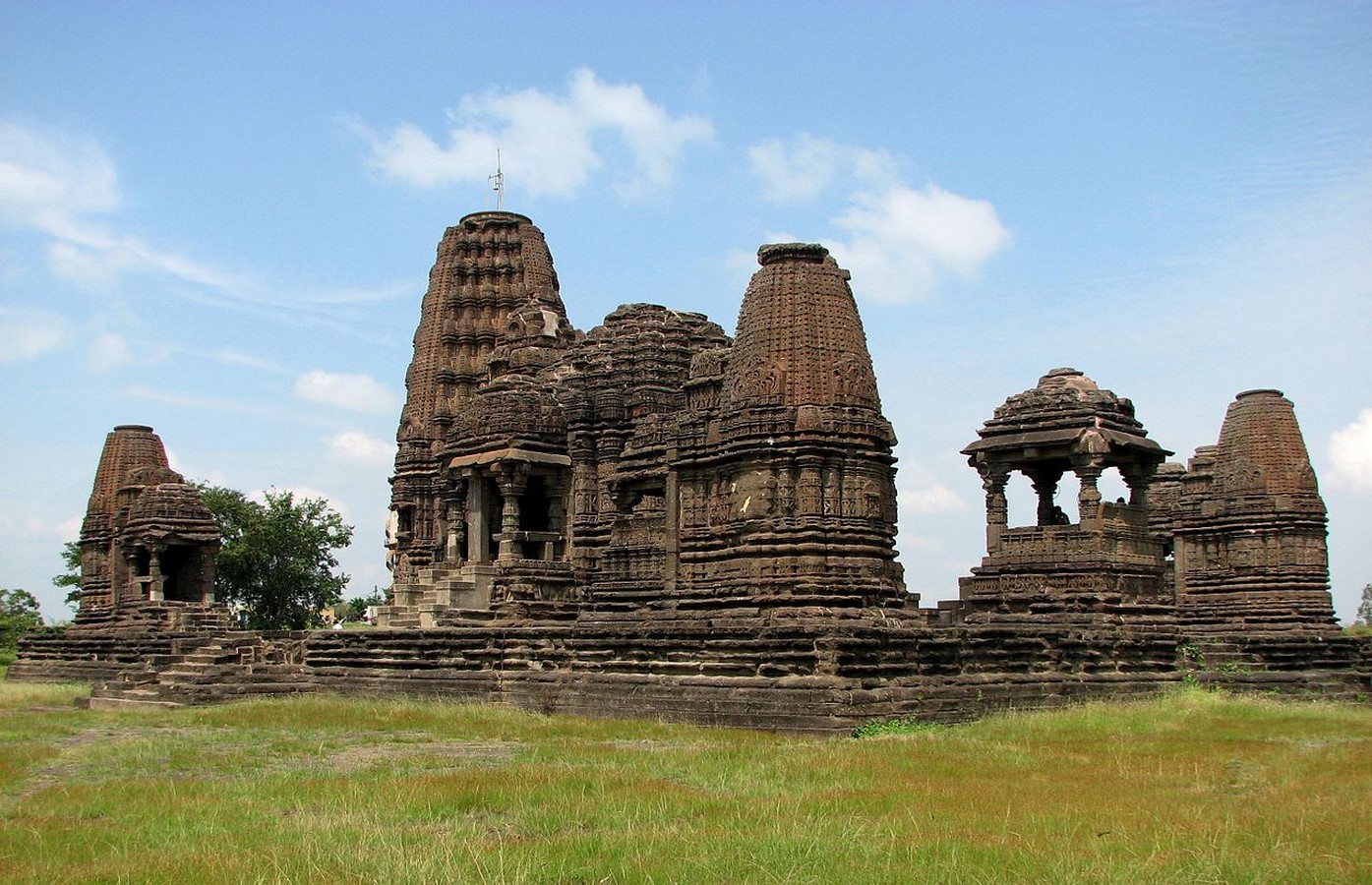
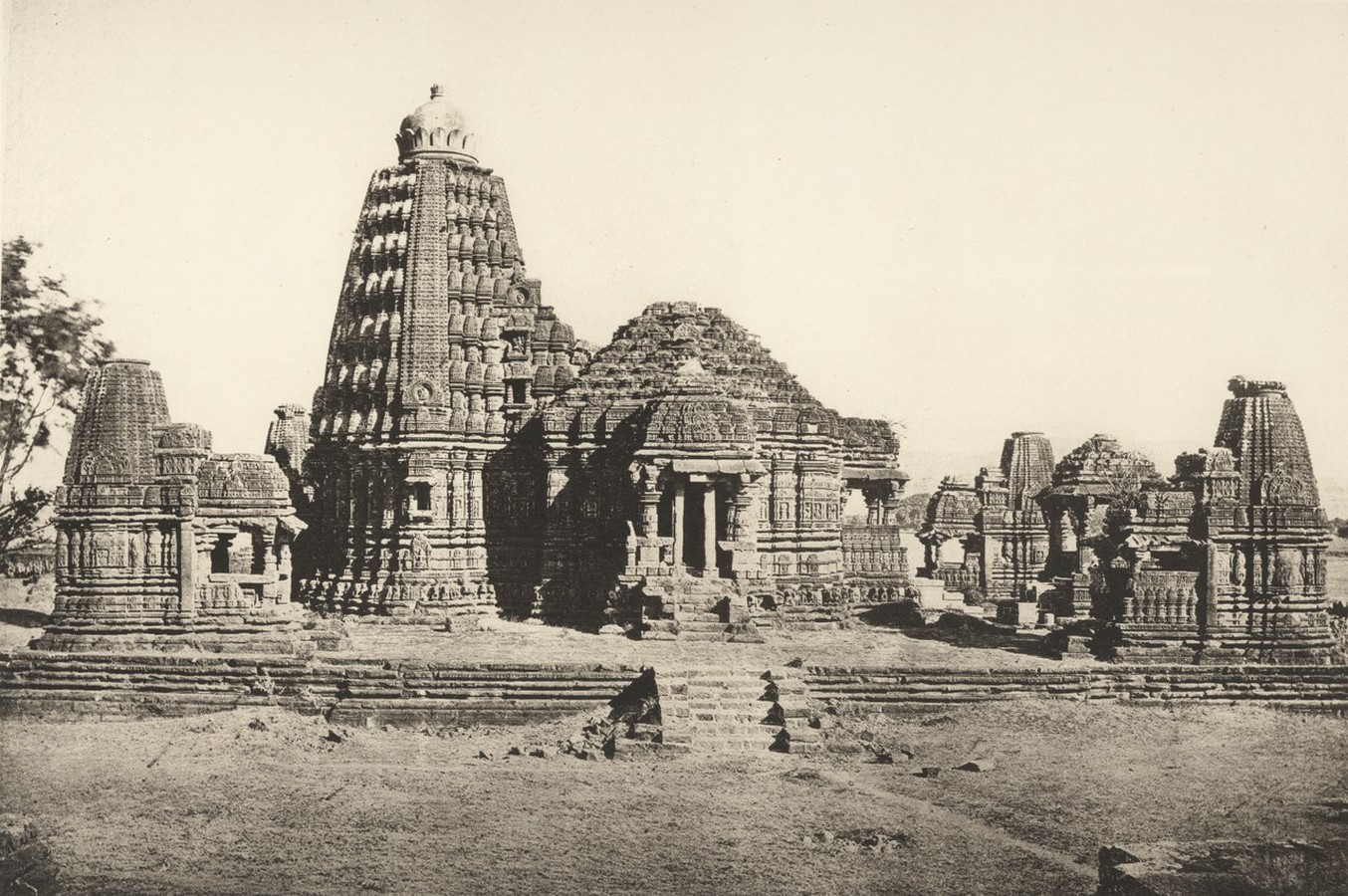
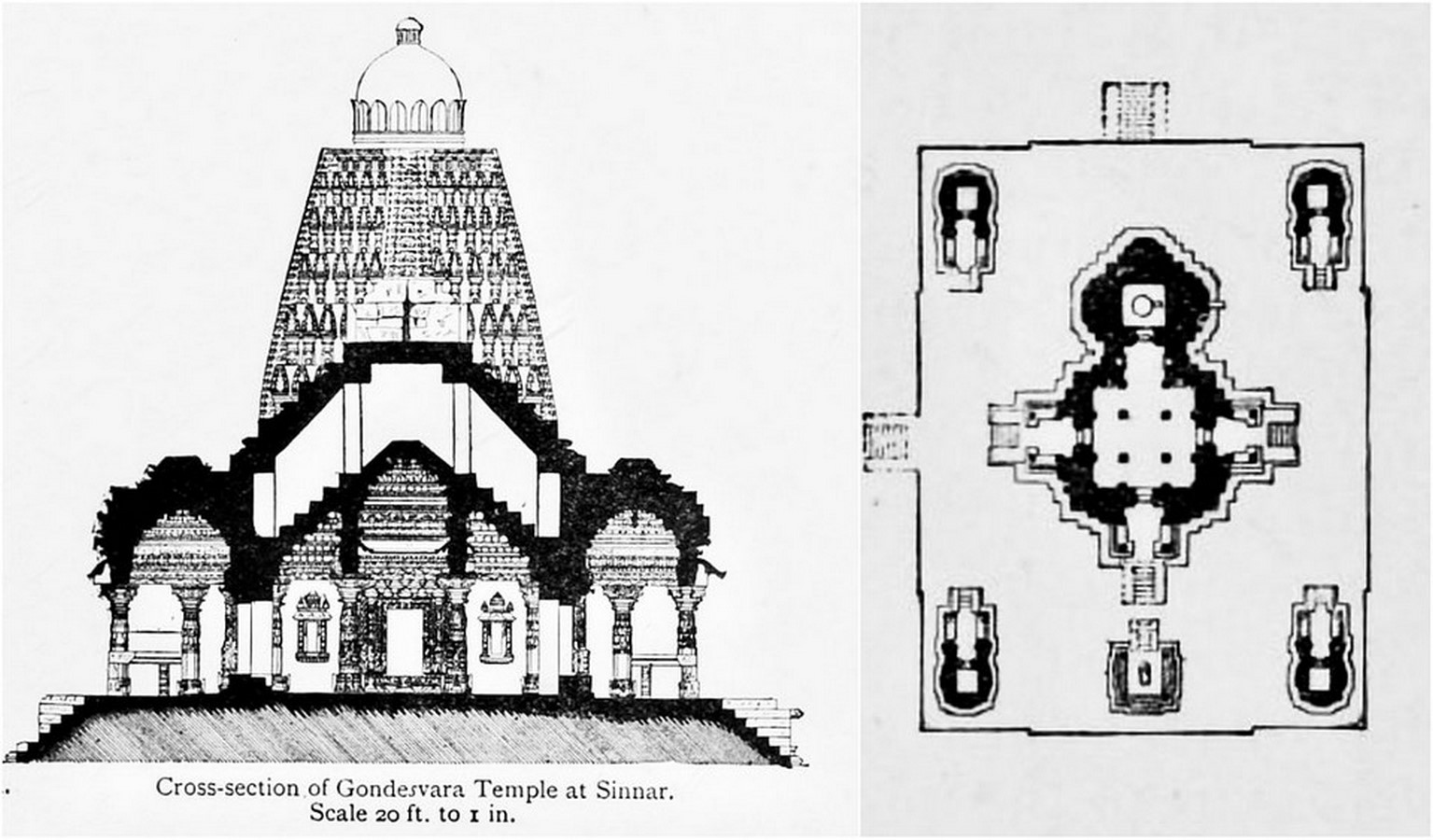
Numerous temples and ghats were constructed in this area by the Chalukyas, Peshwa, and Yadav dynasties in the coming centuries. The majority of these temples were made by the Yadav who developed the ‘Hemadpanti’ style of temple architecture. This style was characterized by less ornate sculptures, both in the exterior and interior that thus made the temples visually less attractive and functionally more efficient. The Kalaram Temple built in the 18th C. A.D. is an excellent example of this architectural style. Built out of blackstone with minimum carving and ornamentation, this temple houses a black idol of Lord Ram, thereby justifying its name.
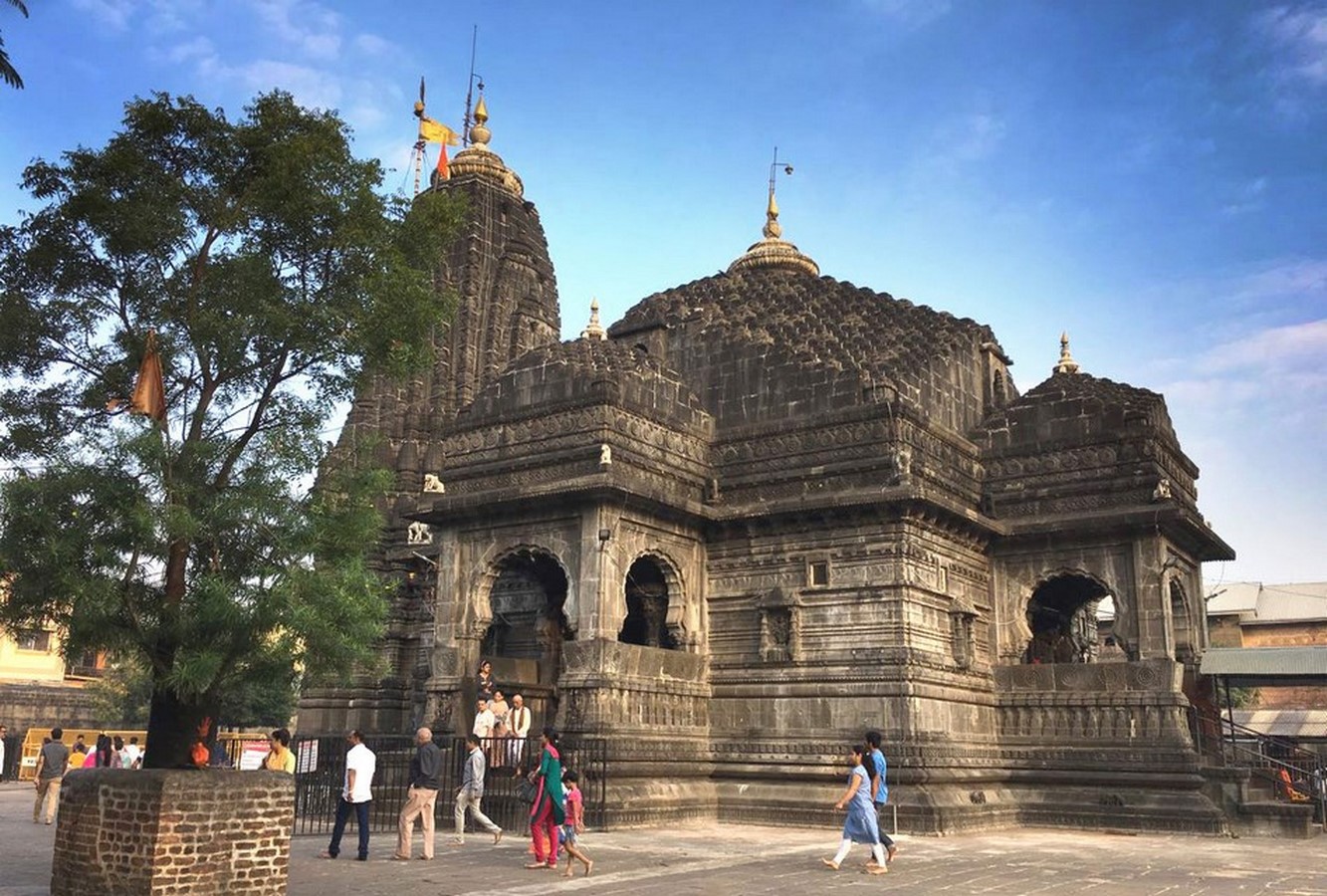
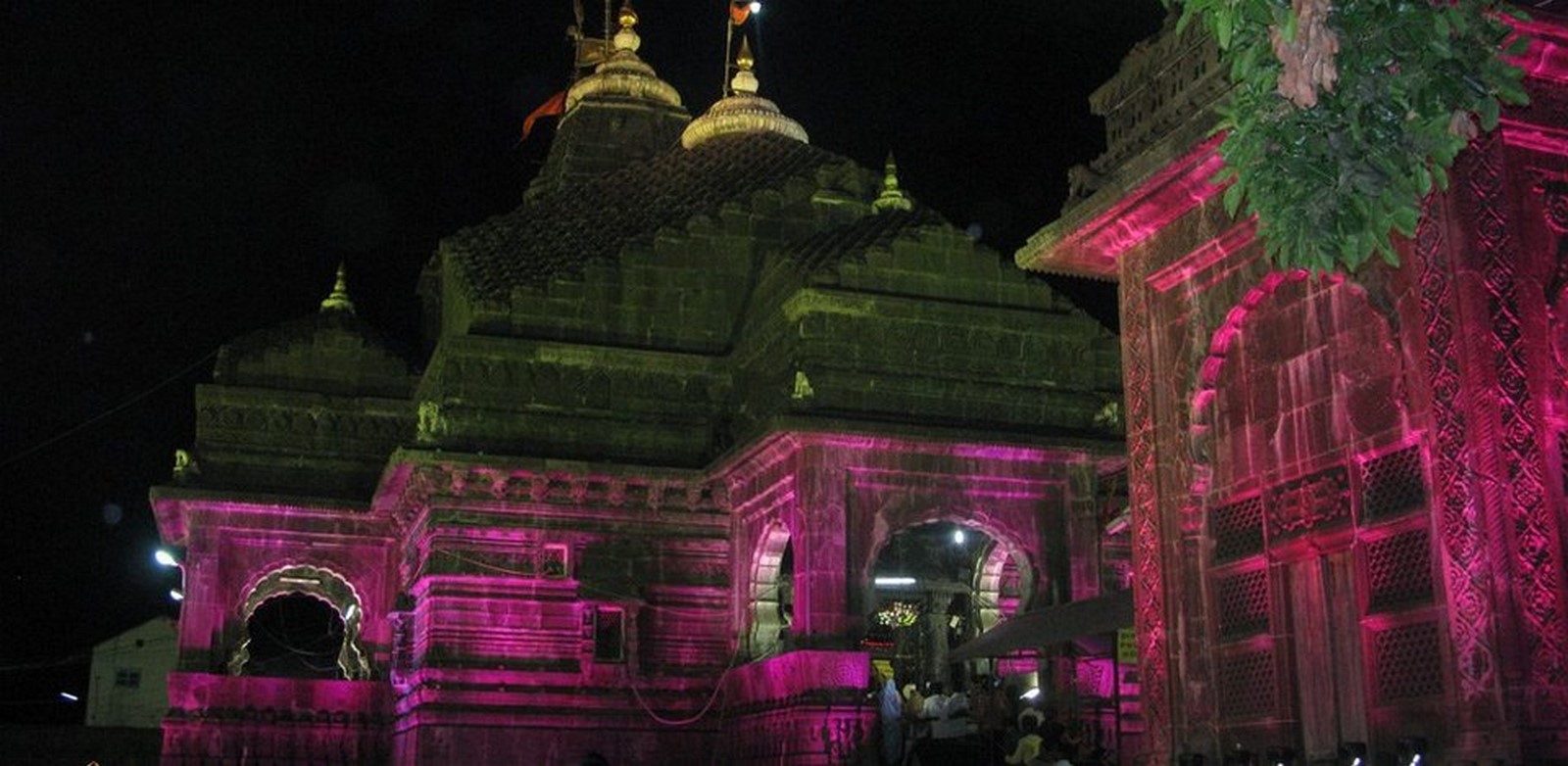
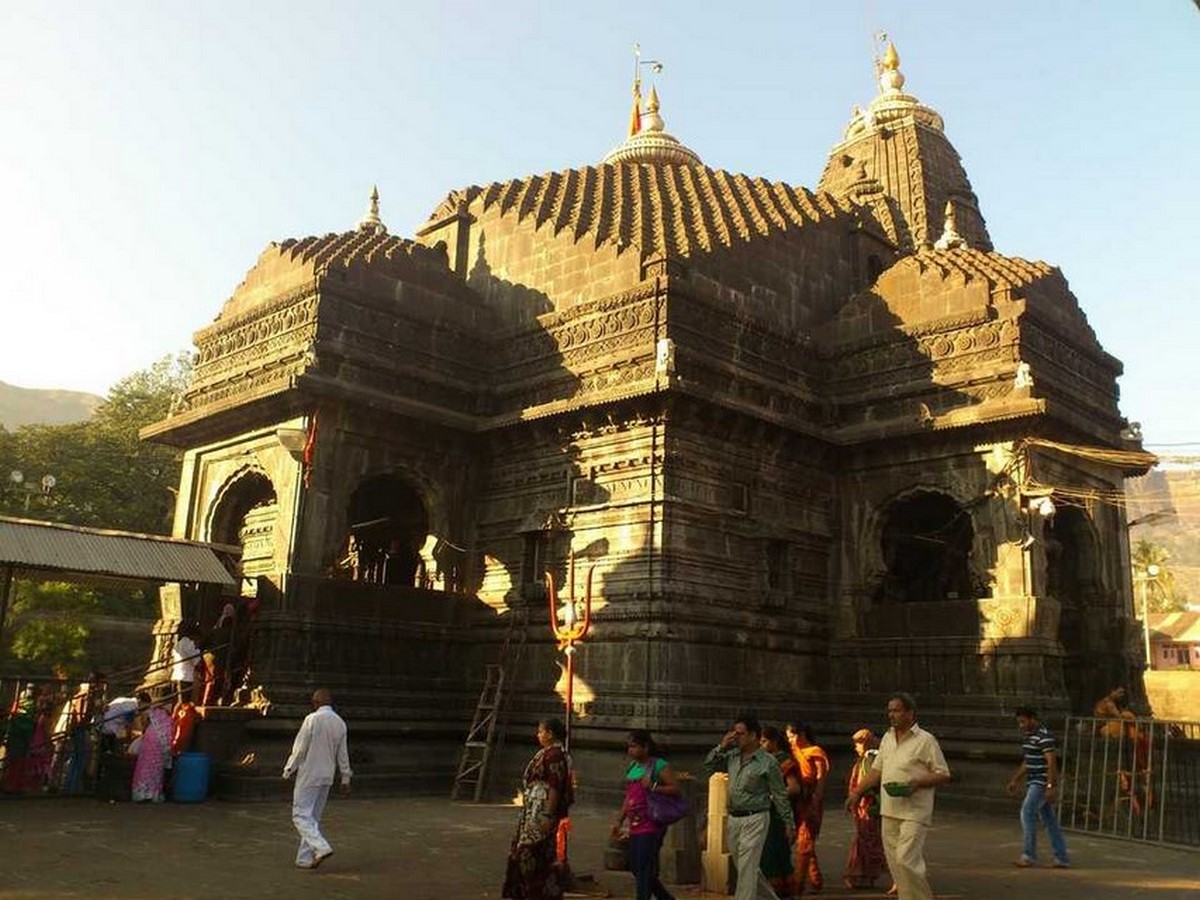
The Chalukyas left their mark in Panchwati with the Gondeshwar temple at Sinnar, the sole temple complex built in the Chalukyan architectural style in the entire vicinity. The larger temples in this area such as the Trimbakeshwar and the Sundernarayan Temple were built by the Peshwas who embedded them with unique Brahmin and ‘Hemadpanti’ characteristics. As the temple architecture in this area became more elaborate with several small and large temples, Panchwati became an important pilgrimage center. This led to the construction of various ghats, dharamshalas and bhojnayalas along the periphery of the left bank of Godavari. The ghats were adorned with various sacred pavilions and temples that signified their spiritual and religious traits. Even in today’s date, the Panchwati region has successfully retained its cultural identity, by isolating itself from the right bank of the river Godavari where most of Nasik’s modernization took place. Today this region is an important religious center and a host for the Sinhastha Kumbh Mela, which is held every twelve years.
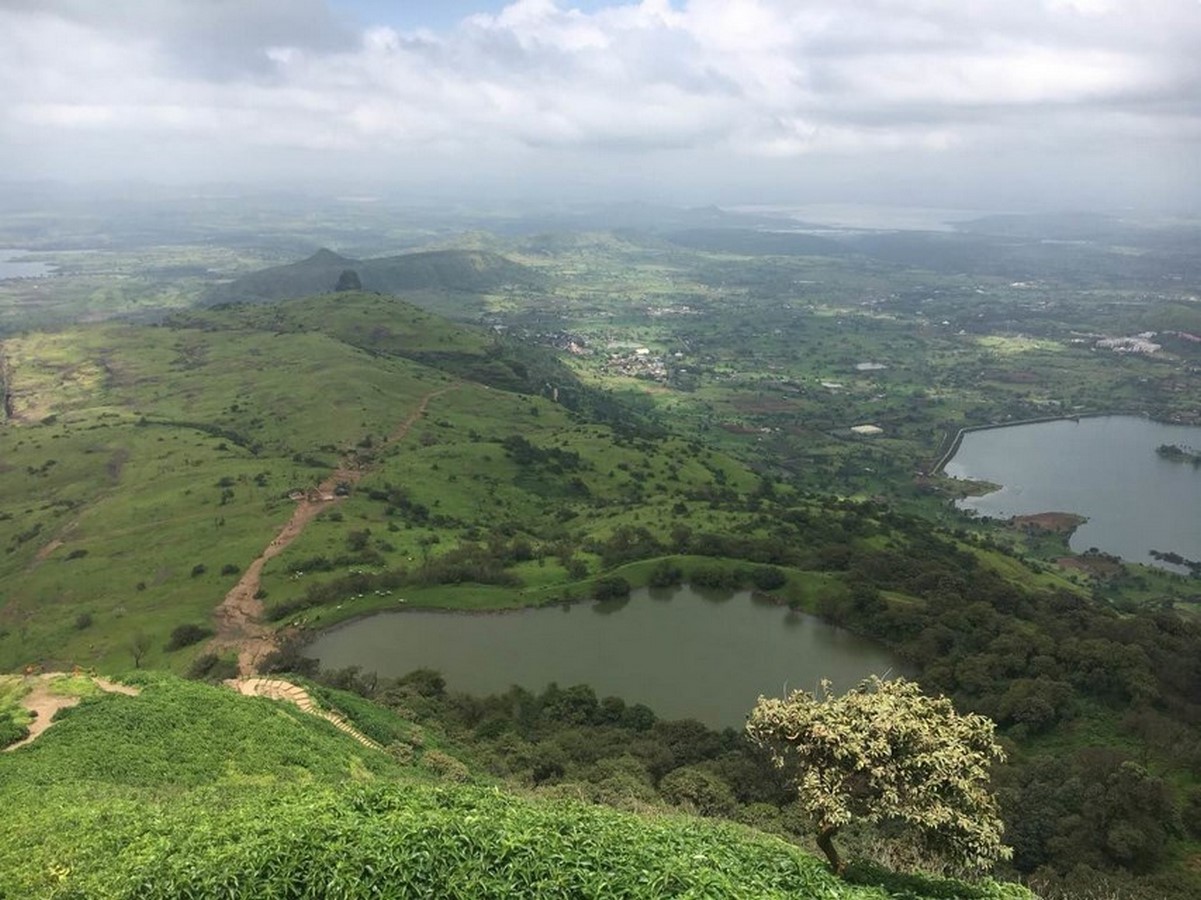
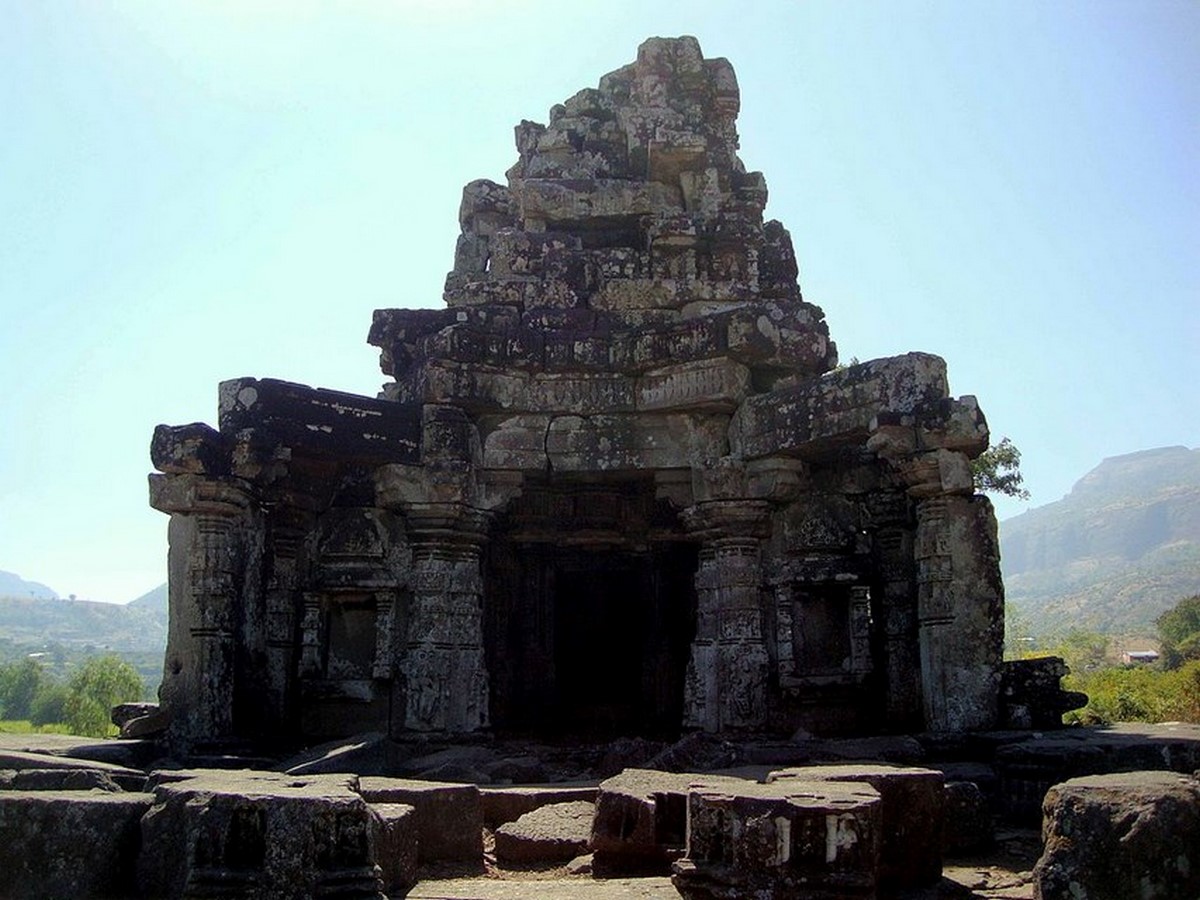
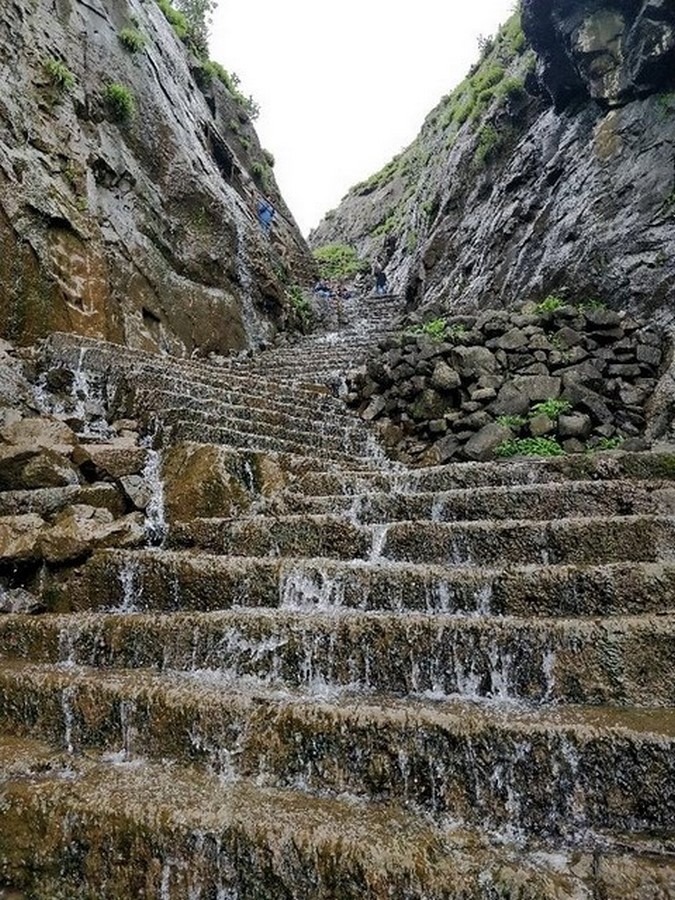
Besides temples, Nashik also has a rich history of military architecture. With a total of 11 forts spread on both sides of Godavari, Nashik accounts for one-third of the total forts in Maharashtra. These forts were built by several dynasties over centuries. Most of these forts are located on hilltops and are made of stone. The chief among these forts is the Mulher Fort by the Rathore Dynasty, the Anjaneri fort by the Chaulakyans, and the Ramsej fort by the Marathas. It was the attack on the Ramsej fort that led to the victory of Aurangzeb and the fall of the Marathas in Nashik. In 1636, Nashik was merged into the Mughal Province of Aurangabad and its name was changed to ‘Gulshanabad’.
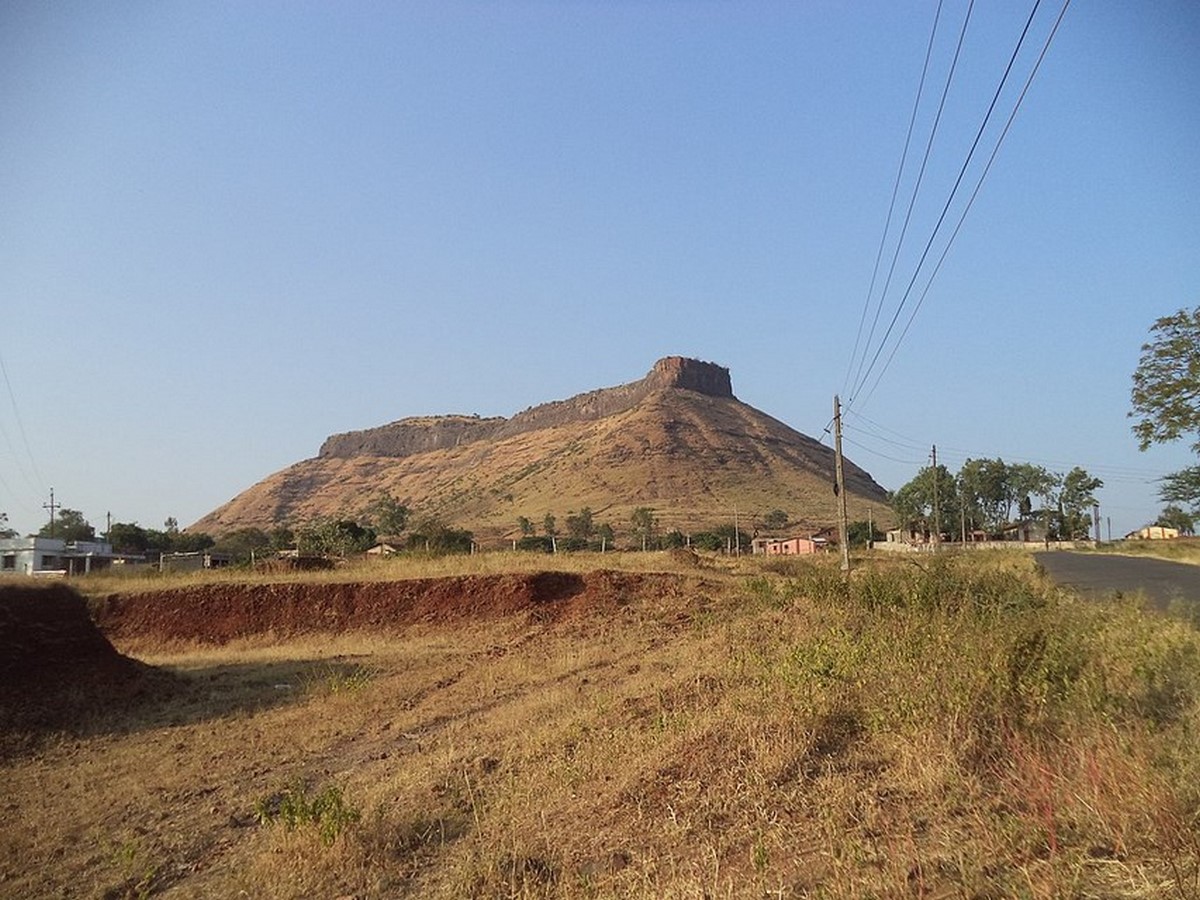
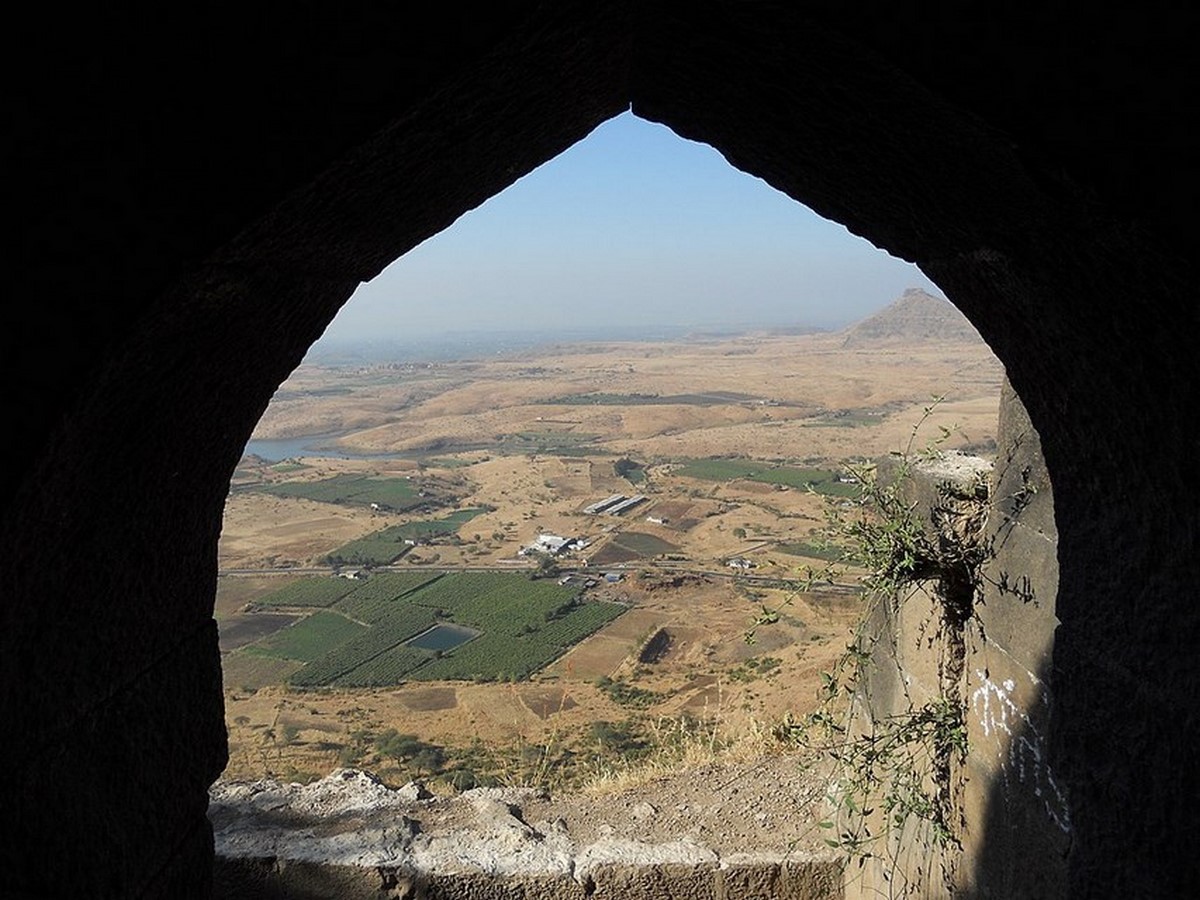
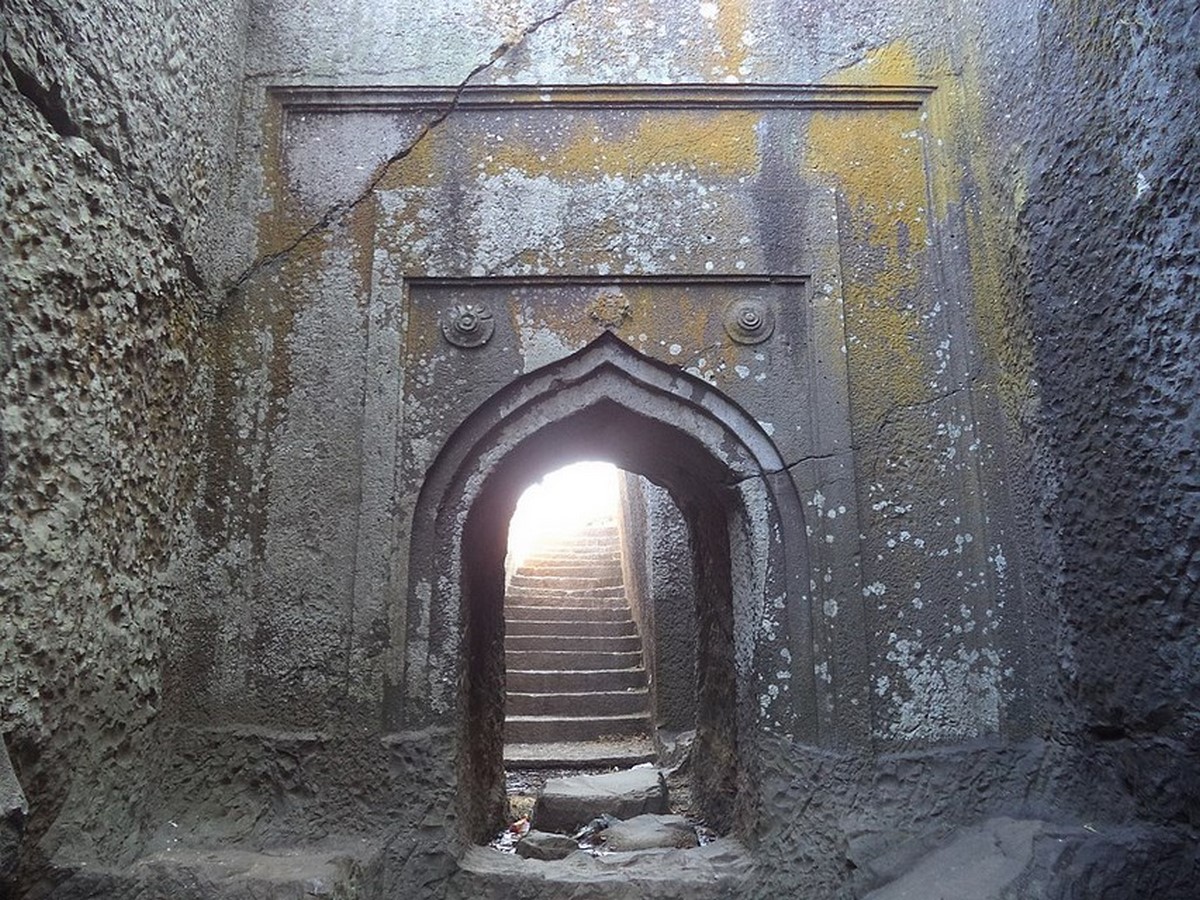
The Peshwas from Pune won the city in their conquest against the Mughals in the late 17th Century. They took great interest in developing the right bank of the Godavari, which had been ignored for centuries. They invited craftsmen from near and far to construct temples and residential buildings in this region. These buildings were constructed in the form of the typical Maharashtrian Wadas. Wadas are climate responsive vernacular structures that are made from the locally available materials and construction techniques. Each Wada was home to multiple families and was built with a central courtyard, inspired by the traditional chowk system. As traders from diverse cultural backgrounds settled in Nashik, these Wadas became an important binding element of this medieval society.
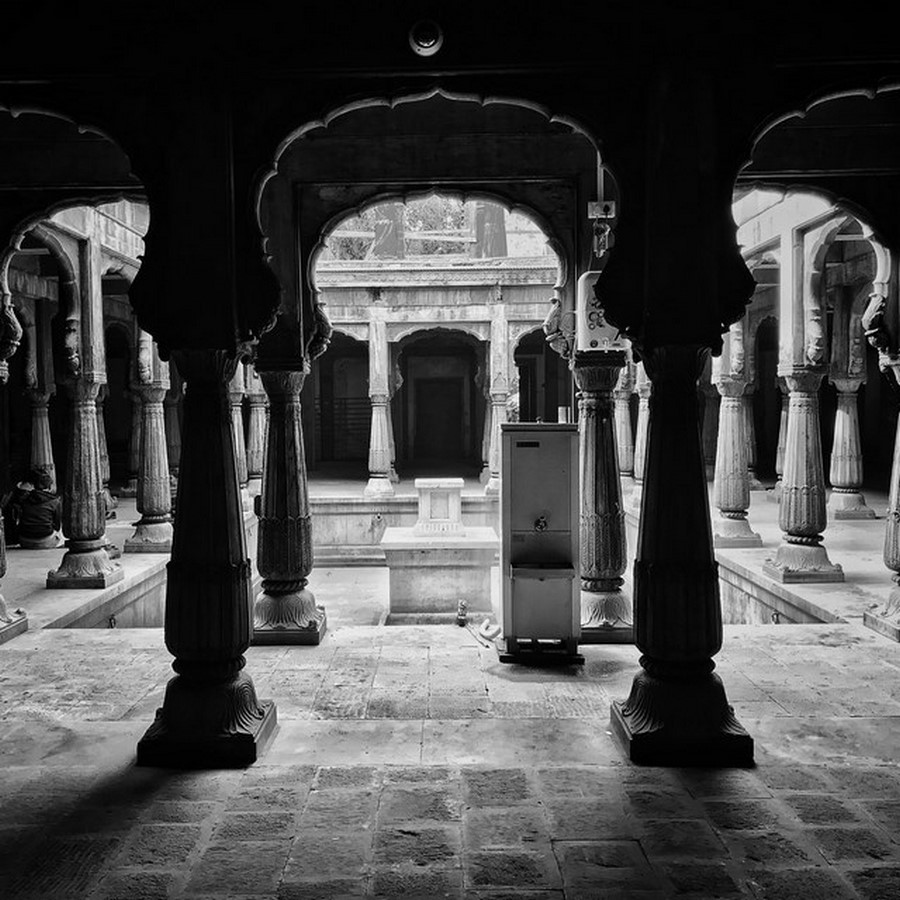
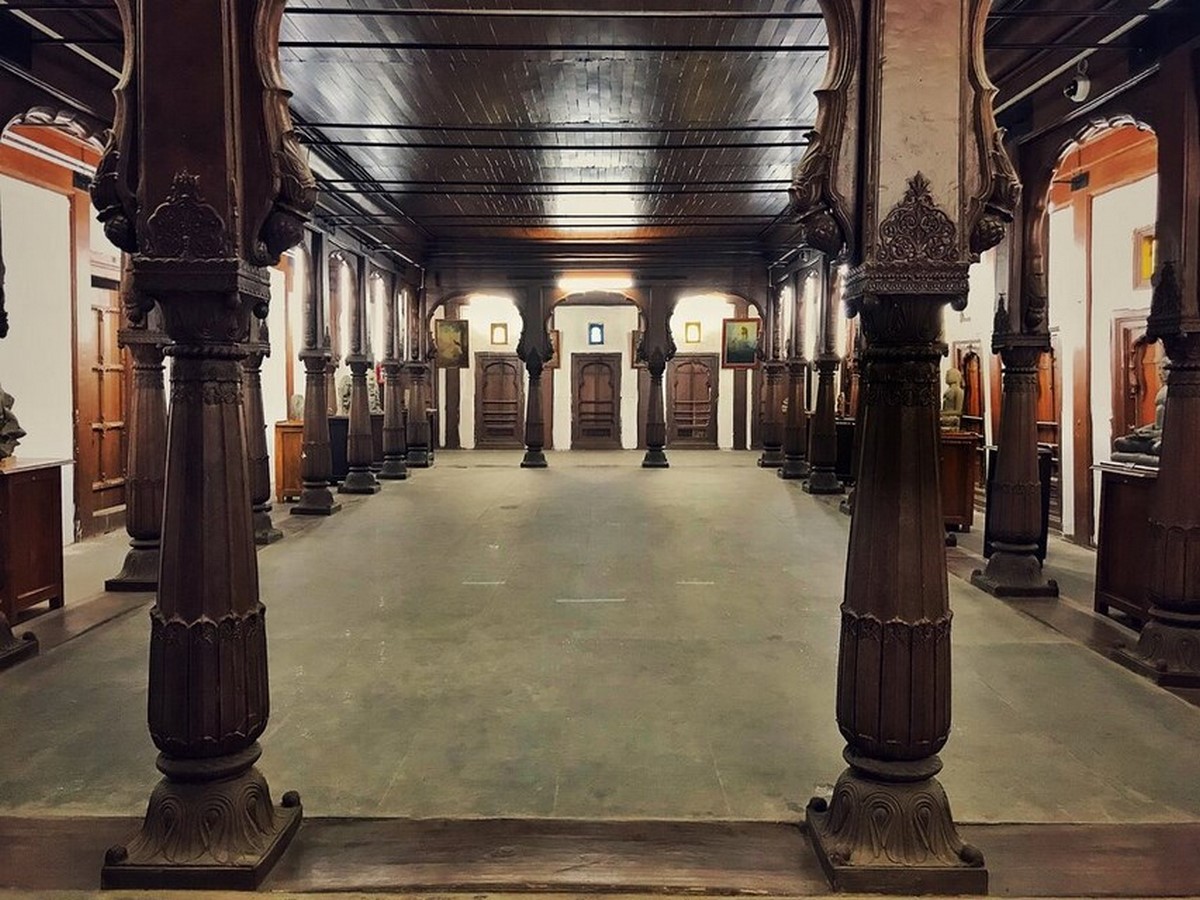
When the British captured Nashik in the 19th Century, they constructed a new road connecting Nashik with Mumbai. This newly developed territory became the focal point of the city under the British Rule. As most of the British administrative offices developed in this region, it also led to the development of a new urban residential society. These residences were mostly occupied by the educated upper-class Indians of that time.
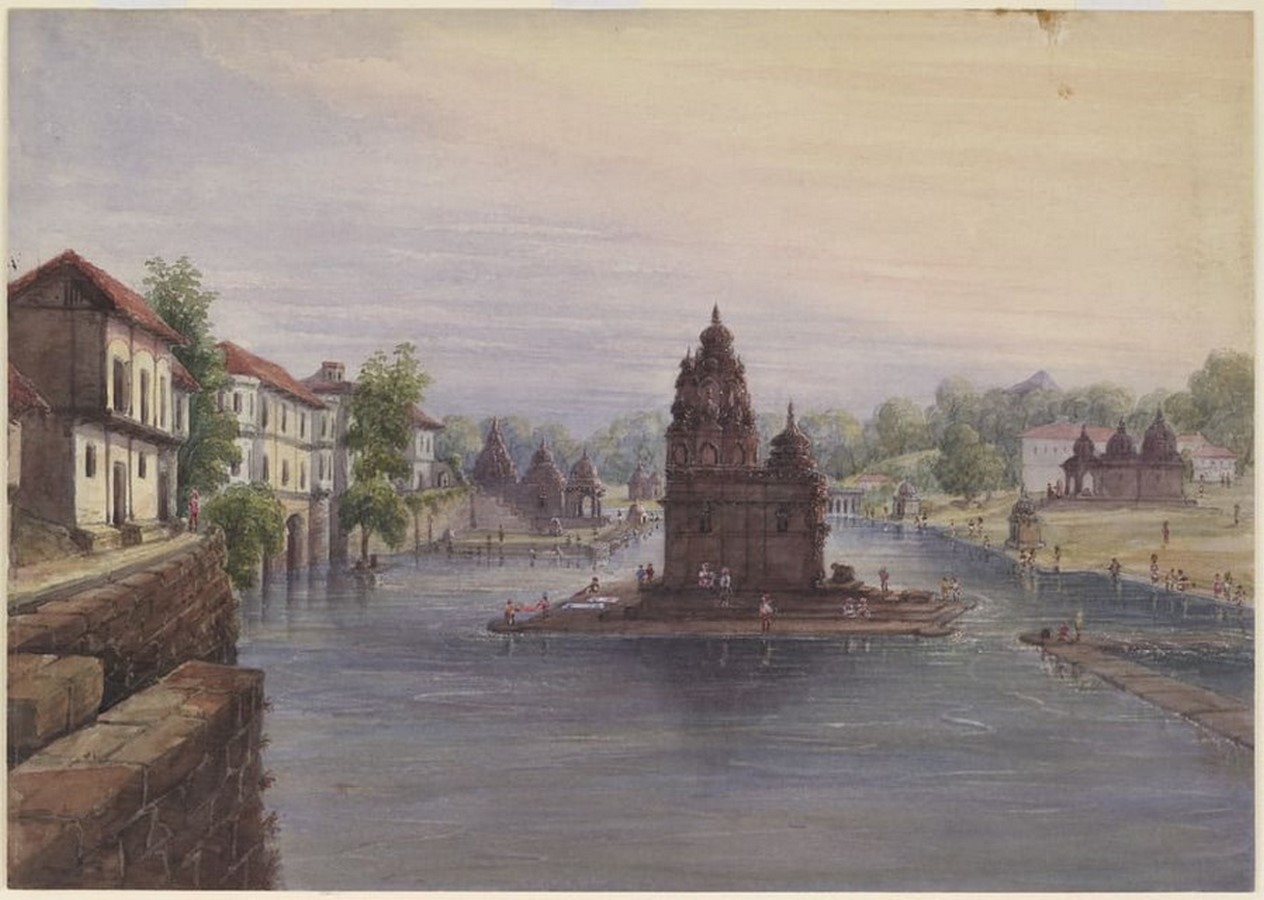
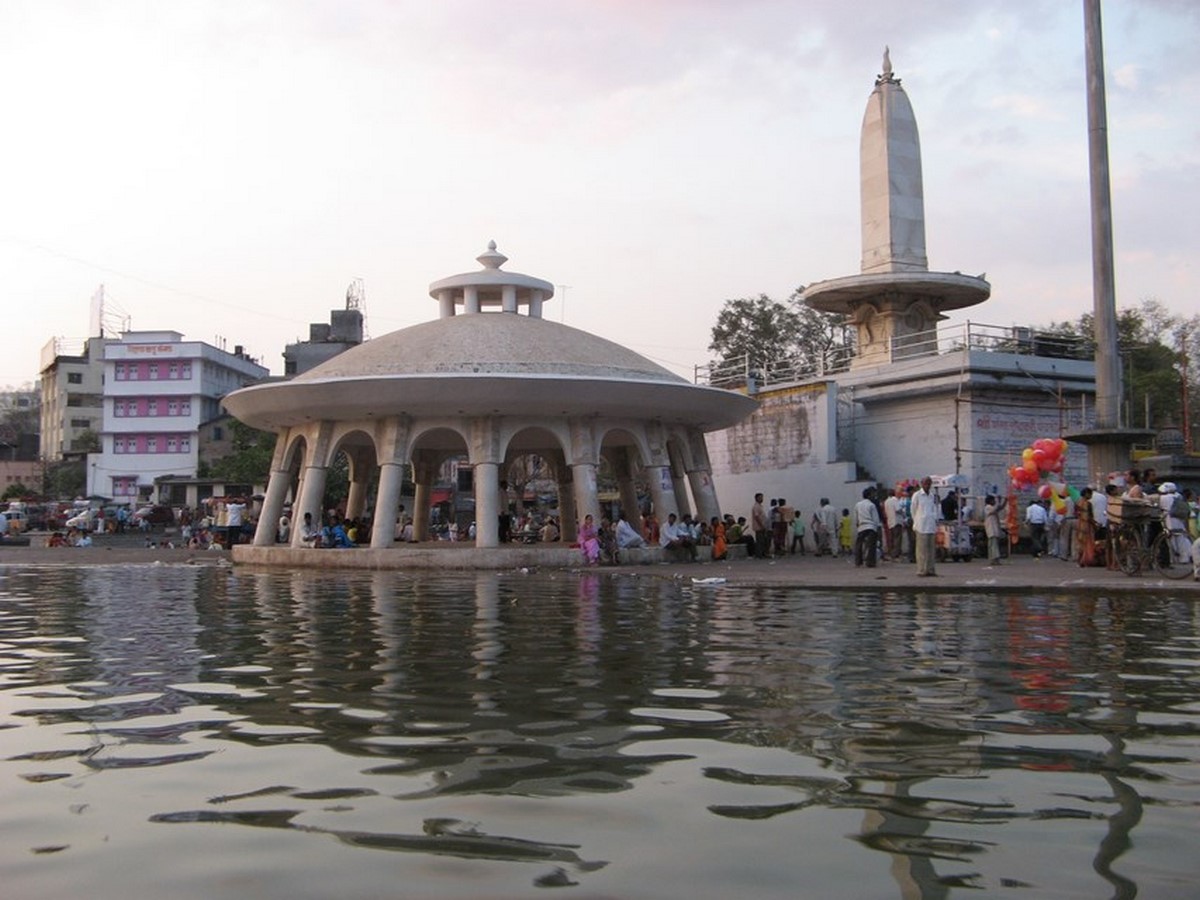
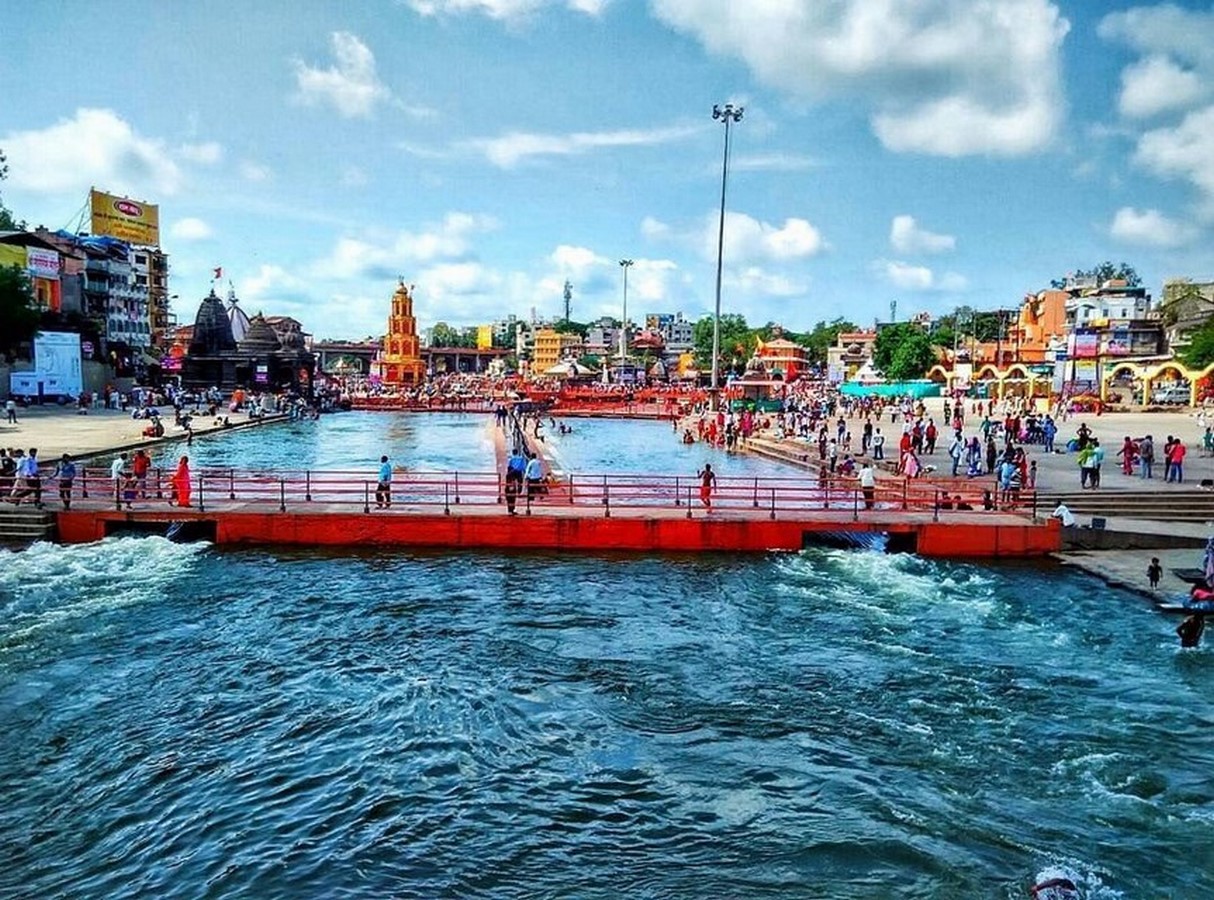
Based on the principles of modern town planning, these bungalows were constructed in the European and Art Deco architectural styles, with beautiful gardens and proper setbacks. In the 19th and early 20th Century, these modern well-planned settlements dominated the traditional settlements of the city.
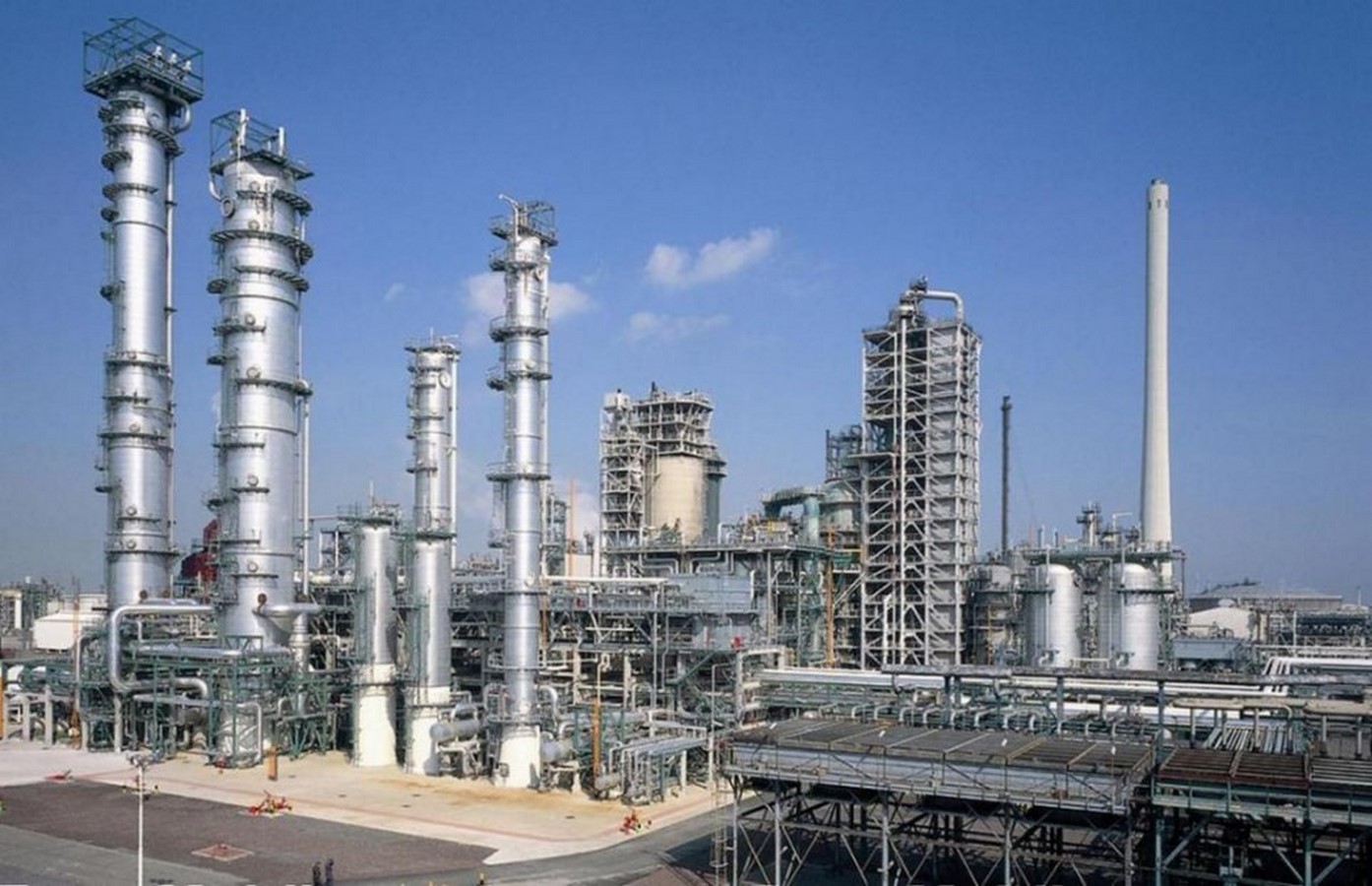

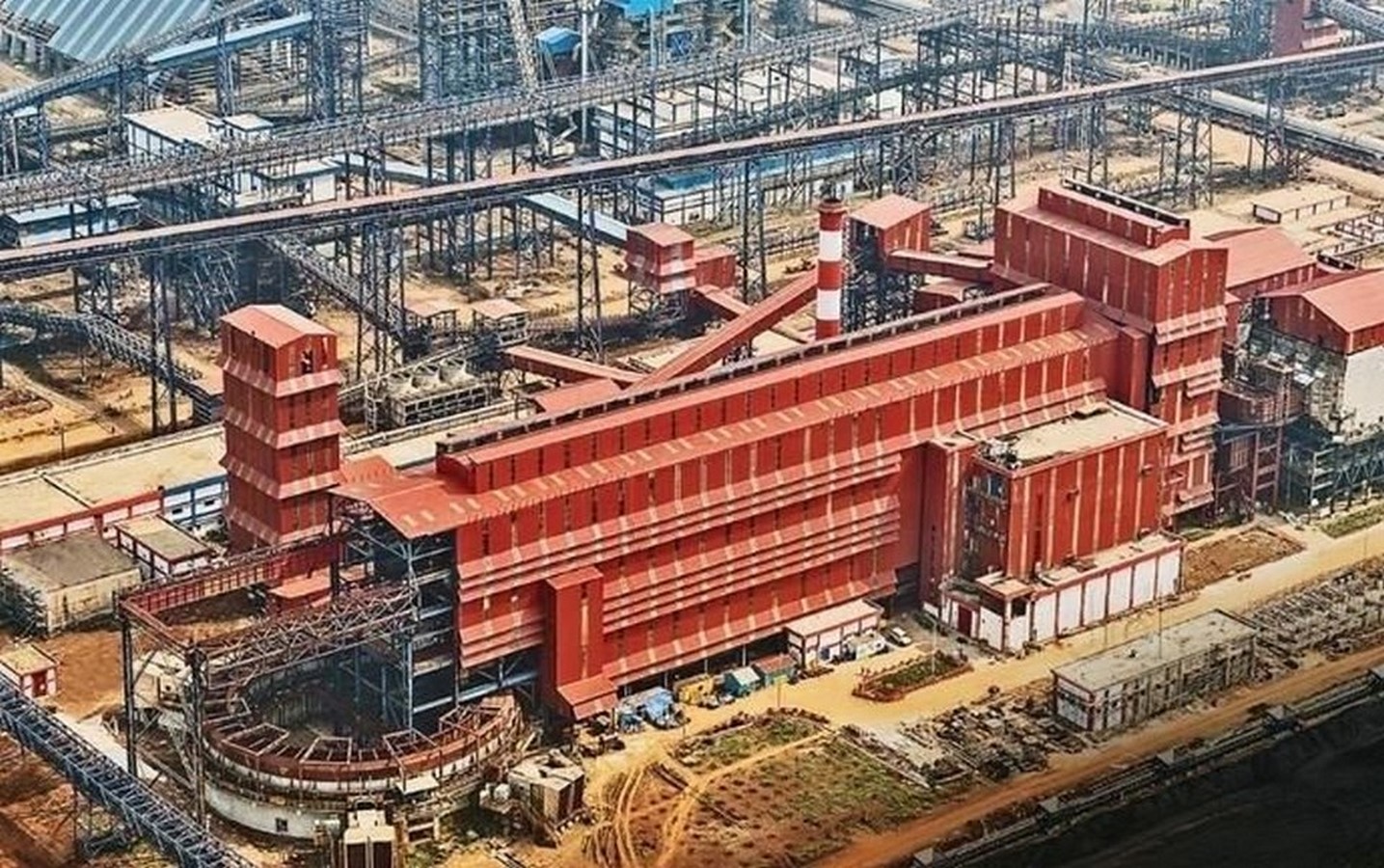
Post-independence, Nashik has seen large scale migration from its rural surroundings for better job opportunities and lifestyle. In the last couple of decades, it has emerged as a significant spot for the agro-industries. Subsequently, the city limits and the surrounding areas are equipped with large farms and farmhouses. The industrial sector of the city is growing at a tremendous pace with numerous large-scale investments. Many real estate developers are looking upon the city as the next developing metro city in Maharashtra, as Pune gets saturated with its population and infrastructure. With its ever-growing IT sector, Educational influence, and housing demand, Nashik is believed to have a bright future ahead.
